Mbabane is a party
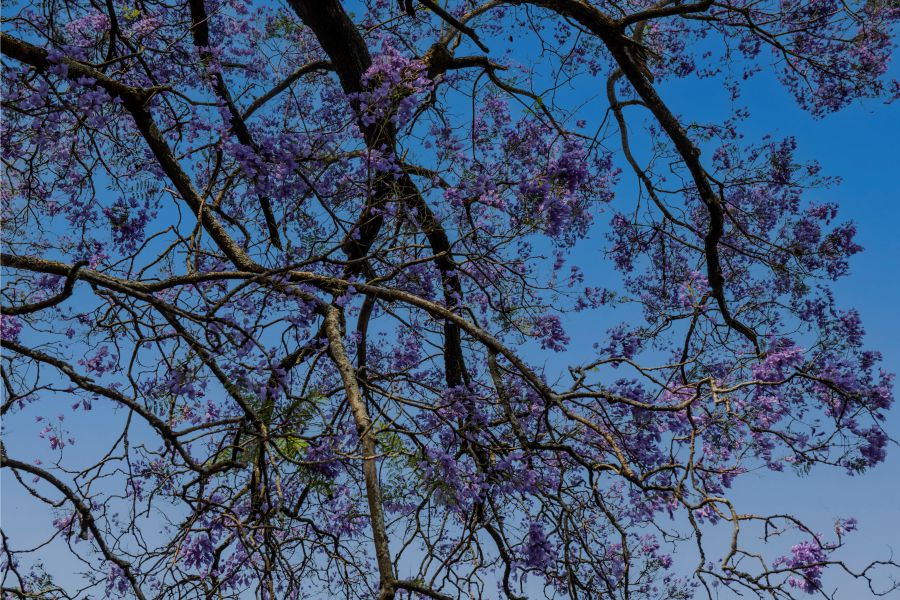
Beginning of October. The jacarandas burst into bloom, lighting up the landscape with the lilac of the seventh chakra – spirituality. Mbabane, Eswatini is the ground city that hosts one of the seven African music festivals that CNN had already warned us that we “really need to see.” The MTN Bushfire. Five months after the 13th edition, we returned to Mbabane. The motto? Another festival, Luju, is more dedicated to celebrating Eswatini in the specificity of its people and culture. A second act of festivals in the king’s lands.
Advertising
Because what happened with Bushfire is what happens with the biggest festivals in the world: they welcome so many faces and so many voices that make any identity association impossible. If it is true that it helps to raise the multicoloured flag of the global village, it is no less true that, in the celebration of all, it is a permanent risk that the individual is diluted. And this Luju wants to be this firm foot on the ground, the celebration of local. The music livens the party and this year it was from the local voice of Oriiginelle to the Mozambican Radja Ali, passing through the South African Zakes Bantwine or Ami Faku or the Portuguese-Cape Verdean Lura.
Eswatini is not necessarily a palimpsest, it’s tradition grappling with modernity.
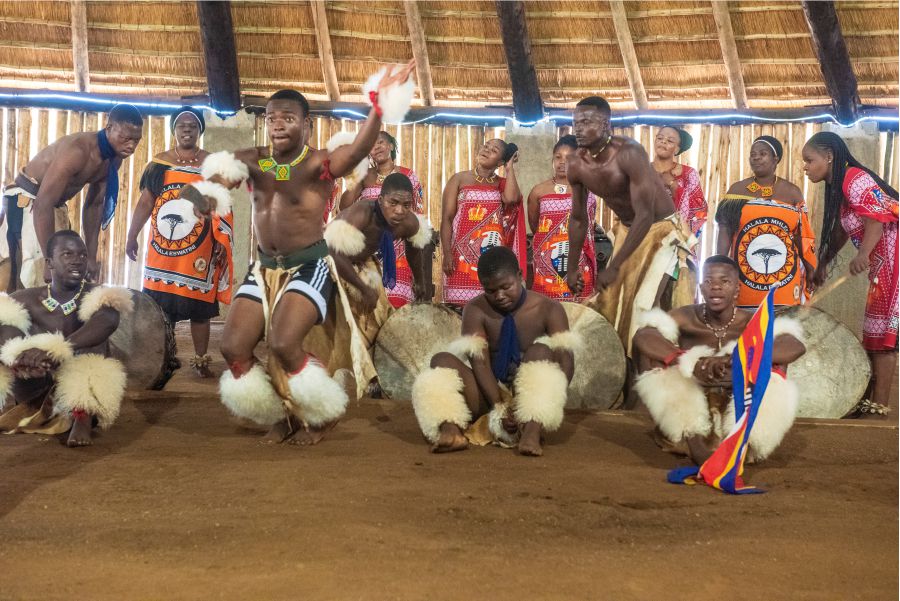
And much more was heard in between. But Luju advertises itself as a Food and Lifestyle Festival. That’s also why we see festival-goers making an effort in different models of capulanas, this fabric that, although it made its way to the Indies, gained in Africa new contours that make no one surprised when it’s called African. Or the men who still dress traditionally, with capulanas tied to their shoulders and leather flip-flops, king in their own earth. Everyone – women and men who dress as if they carry the Kingdom – know that they went to show themselves and be seen, they pose infinitely for all the lenses that are directed at them. The women’s faces are marked by this make-up, showing, once again, this openness to the world that the idea of Kingdom does not allow us to distrust. And this is what is most charming about Eswatini. It’s not necessarily a palimpsest, it’s tradition grappling with modernity. Behind the walls that founded the city or amidst the city built between blocks of stones, a village resists, made of earth, wood and straw – and of principles, marked by a waterfall whose water course soon announces our arrival. The river is Mantenga, the waterfall is Lusuthu. The experience is of a kingdom life.
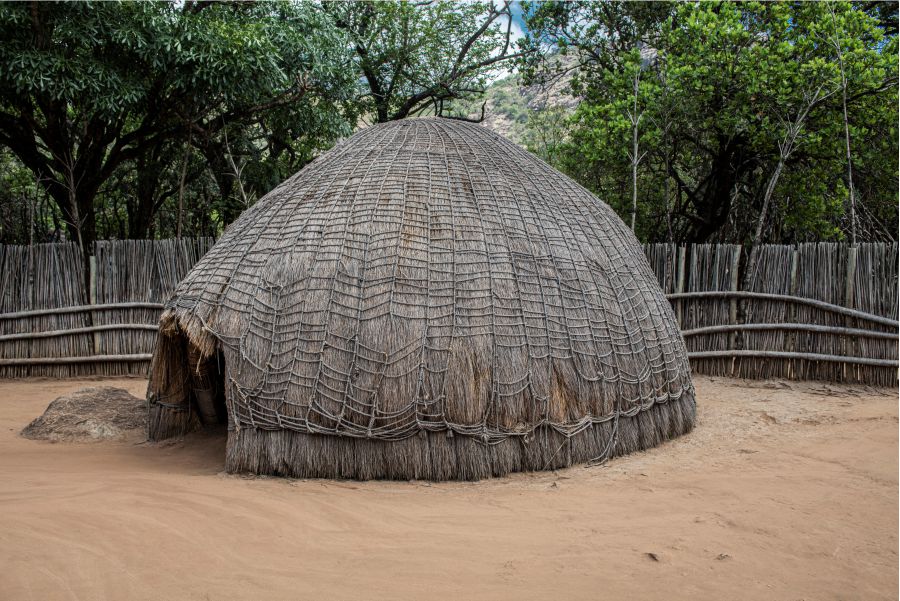
Behind the walls that founded the city, a village resists, made of earth, wood and straw – and of principles.
From the typical dances with rattles at the feet marked by the arrow and shield to the songs, everything reverberates the tribe united under the same flag. They sing and we don’t need to understand the lyrics to feel their energy. We have long realized that songs are less about what you say and more about how you say it and how you feel when you hear what they say. And then there is this introduction to the principles of this village, where men and women live in different spaces, as if the opposite gender were a sign of sin until the fall of the iron curtain that takes place in life in the same hut. And we hear – we understand? – about this ritual that is repeated every year, the king – now Mswati III – always choosing one more wife for his harem. With how many women is a king made?
▶ How to go
Mbabane is 221 km from Maputo. The overland journey, although tiring, is rewarded by the landscapes. But you can always fly to King Mswati III Airport, in Lubombo and travel about 80 km to Mbabane.
▶ Where to sleep
There is a plethora of offers. From hotels like Happy Valley to small inns like Otentik Guesthouse.
▶ Where to eat
Happy Valley’s cuisine offers dishes from land and sea, world food. But there are more restaurants. If you can, always accompany it with a Sibebe, this local beer that always tastes good.
▶ What to do
If travelling in May or October, attending the festivals is essential. Visit the cultural village and have contact with a tradition that is still found only in Eswatini.
▶ What to watch out for
The roads are marked by speed bumps. Always pay attention to the speed limits. Cows sometimes cross the road at the slow speed that characterises them. The ideal is to slow down, let them follow their march and then go on your way.
▶ Highlights
Eswatini is not necessarily a palimpsest, it’s tradition grappling with modernity.
Luju wants to be this firm foot on the ground, the celebration of local.
Behind the walls that founded the city, a village resists, made of earth, wood and straw – and of principles.
Issue 76 Nov/Dec| Download.

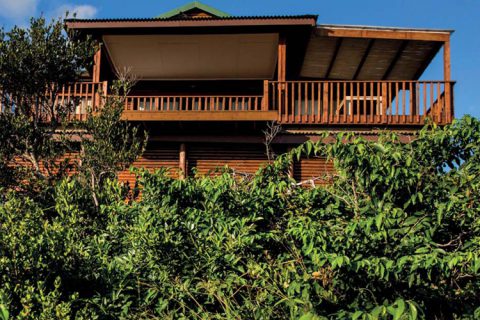



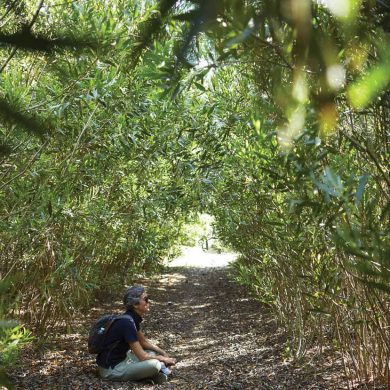














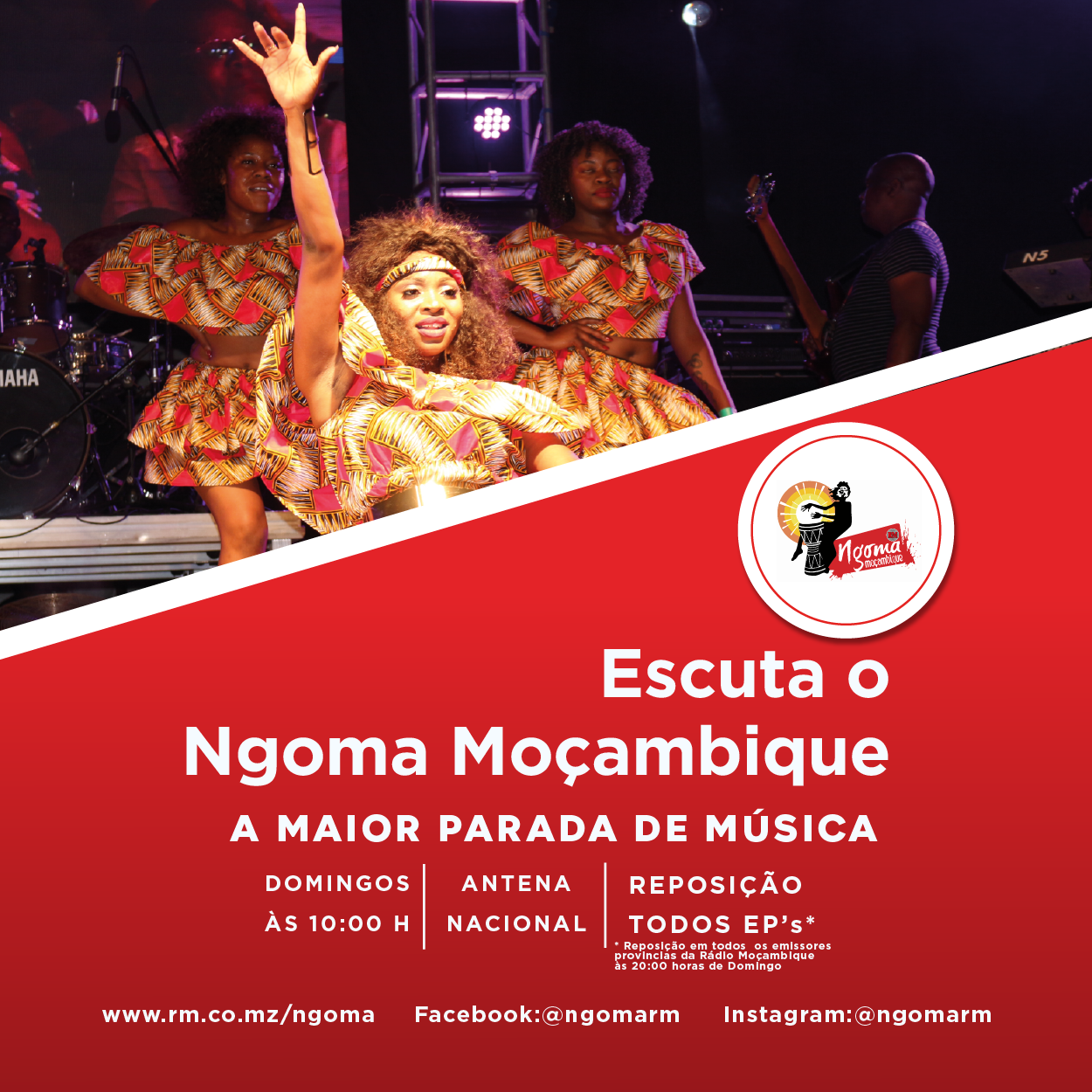






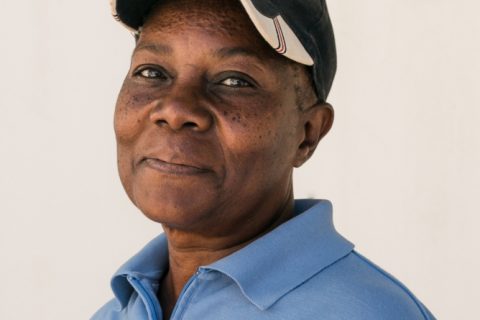



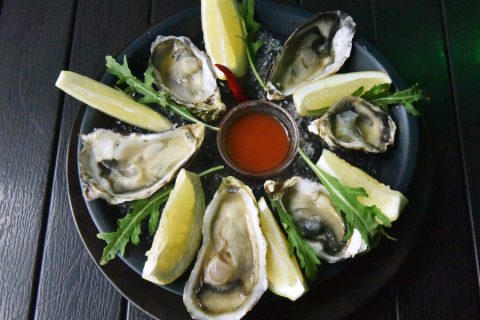
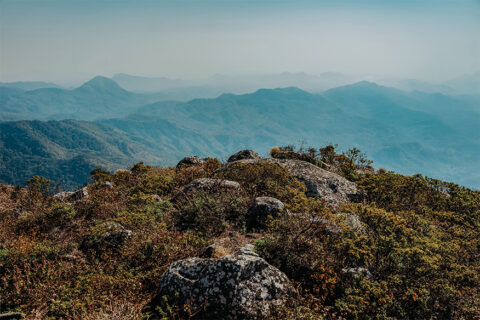


0 Comments